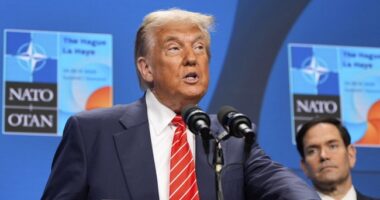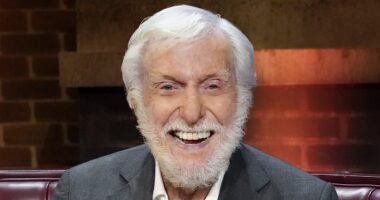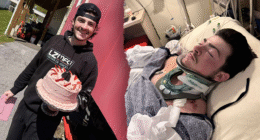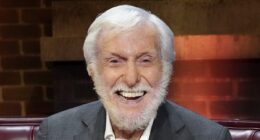
A gripping new documentary has brought to light the Kursk submarine tragedy, one of Russia’s most heartbreaking military setbacks. The film explores how this event solidified Vladimir Putin’s image as a leader who prioritizes secrecy and control over the lives of his people.
The disaster occurred on August 12, 2000, a mere three months into Putin’s presidency, when the Russian nuclear submarine K-141 Kursk was struck by a devastating explosion during a naval drill in the Barents Sea, claiming the lives of 118 crew members.
The world watched in horror as the Kremlin dithered, refusing international help for days while desperate crew members clung to life in the wreckage.
The documentary “Kursk: 10 Days That Shaped Putin,” a production by HiddenLight, a company owned by Hillary and Chelsea Clinton, delves into previously undisclosed information regarding the subsequent cover-up. It includes allegations from Bill Clinton, who suggests that Putin may have deliberately sacrificed his sailors in an effort to safeguard Russian nuclear intelligence.
The Kursk exploded at 11:28am, its death throes detected by American submarines patrolling nearby. Within hours, the US knew something was wrong and immediately offered help.
But Moscow, desperate to maintain an illusion of strength, kept silent. It took Putin three whole days to accept international aid – by then, it was too late.
Even after Russia grudgingly allowed Norwegian divers to assist, its navy hindered the rescue effort, handing over crude, hand-drawn maps of the escape hatch and blocking British specialists from deploying crucial equipment.
By the time divers reached the wreckage on August 20, every submariner was dead.
Speaking publicly about the disaster for the first time, former US President Bill Clinton revealed that he personally called Putin, urging him to accept help.
But, according to Clinton, Russia’s new leader was more concerned with keeping foreign eyes away from his military technology than saving lives.
‘Putin knew that if we went down there, there were things we would learn that couldn’t be unlearnt,’ Clinton said, accusing the Russian president of sacrificing his own men to avoid revealing military secrets.
Clinton admitted he had once hoped Putin would usher in a new era of US-Russia cooperation, but quickly realised the former KGB officer was more interested in power than democracy.
‘He was clearly determined to restore Russia’s greatness. I worried that meant we’d see a new form of toughness.’
The Kursk disaster was not just a military failure – it was a political turning point.
Putin’s mishandling of the crisis sparked national outrage, with grieving families demanding answers.
But instead of admitting fault, the Kremlin went on the offensive.
Putin spread disinformation, blaming Russia’s weakened military on oligarchs and using the tragedy to justify a crackdown on free press.
One of the most chilling moments came when Nadezhda Tylik, the mother of a dead submariner, publicly confronted an official at a news conference.
As cameras rolled, she was suddenly injected with a sedative by a plain-clothes operative and carried away unconscious – a moment broadcast around the world.
Clinton believes the backlash left a lasting impact on Putin, shaping him into the autocratic ruler he is today.
‘I think he was traumatised by the bad press he got,’ Clinton said. ‘That intensified his determination to seize more control over the media.’
Looking back, Clinton says the Kursk disaster was a warning sign of what was to come.
‘I thought he had enormous potential to lead Russia into a more open, interconnected world. And he didn’t.’
Instead, the man who promised a modern, democratic Russia tightened his grip on power, crushed dissent, and set the stage for the authoritarian rule the world knows today.
The Kursk disaster was not just a naval tragedy – it was the moment Putin showed the world exactly who he was.
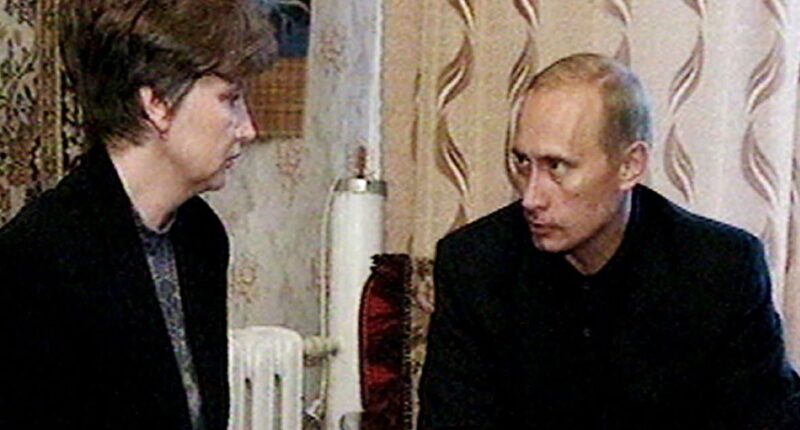
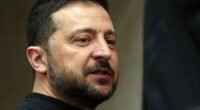
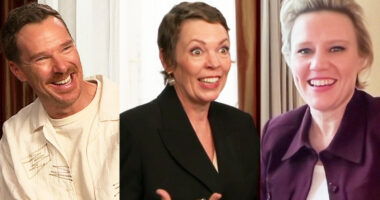

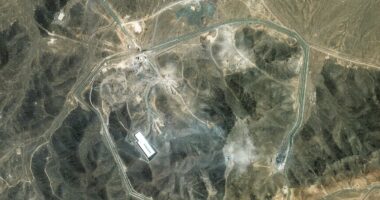
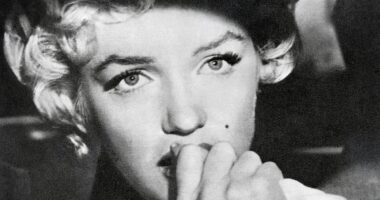

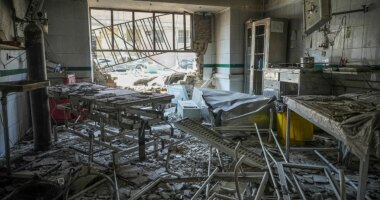
![‘Smoke’s Jaw-Dropping Episode 2 Twist Explained: Is [SPOILER] An Arsonist?](https://bbcgossip.com/wp-content/uploads/2025/06/‘Smokes-Jaw-Dropping-Episode-2-Twist-Explained-Is-SPOILER-An-Arsonist-380x200.jpg)
